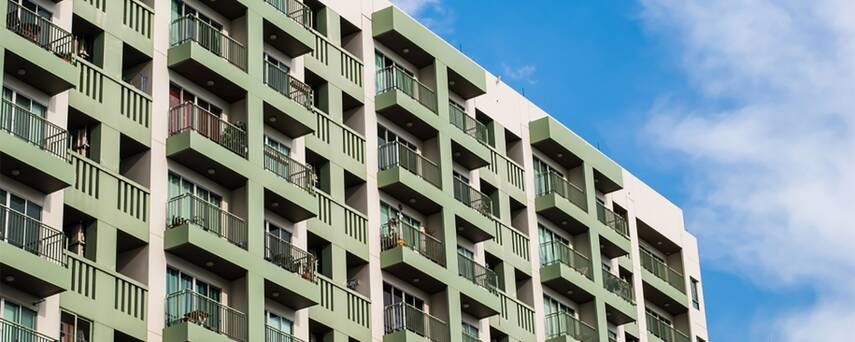Overview of the Current Situation
According to studies conducted by the credit rating agency in India, ICRA, the scope for affordable housing is to remain stable despite demonetisation and the general slowdown in the market. Due to the high demand, it is projected that the investment in affordable housing will touch Rs 6.25 trillion by 2022.
In this scenario, the government has taken many steps to promote affordable housing projects. Buyers belonging to the economically weaker sections (EWS) and Low-income group (LIG) can avail credit-linked subsidy for home loans. Also, customers with home loans up to Rs 35 lakh are to get tax benefit on the interest paid. In addition to this, the government has also announced subvention of 3 percent and 4 percent on home loans of up to Rs 9 lakh and Rs 12 lakh, respectively, under the Pradhan Mantri Awas Yojna (PMAY). All these initiatives pave the way for a boost in the affordable housing market in the country.
Government initiatives in Bhopal
The chief minister of Madhya Pradesh, Mr Shivraj Singh Chouhan, recently announced that his government will take definitive steps towards building more houses for the poor. In this line, the Bhopal Development Authority (BDA) has launched a project to provide 5,000 affordable homes in 2018 at subsidised rates. An investment of Rs 200 crore will be made for this project. The BDA also aims to provide possession of 12,500 plots in the Aerocity locality by 2018. Another 1,800 plots will be handed over in the next phase of the project.
Benefits of these schemes
Lack of affordable housing burdens the local economy. The people affected face problems like huge debt, high rents leading to a cut down in other expenditure, living in slums and even homelessness. Acknowledging the lack of affordable housing and taking concrete steps towards solving it can prove to be beneficial for the overall health of the society.
Urban areas with affordable housing facilities attract work force from all over the country and provide them with basic facilities to be productive. People from diverse cultural backgrounds can come together to enrich the social life of the city. It is a vital part of planned urbanisation.







